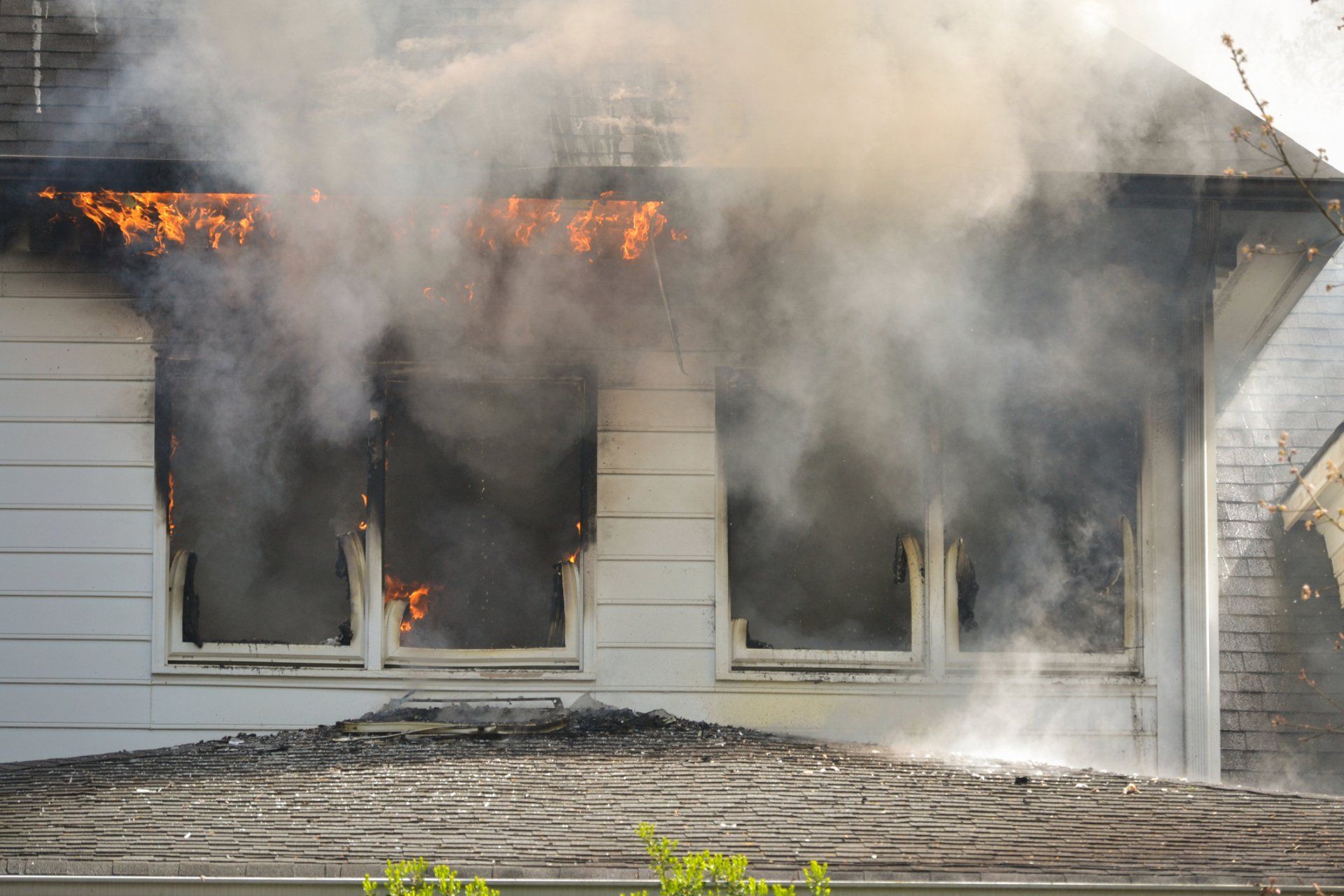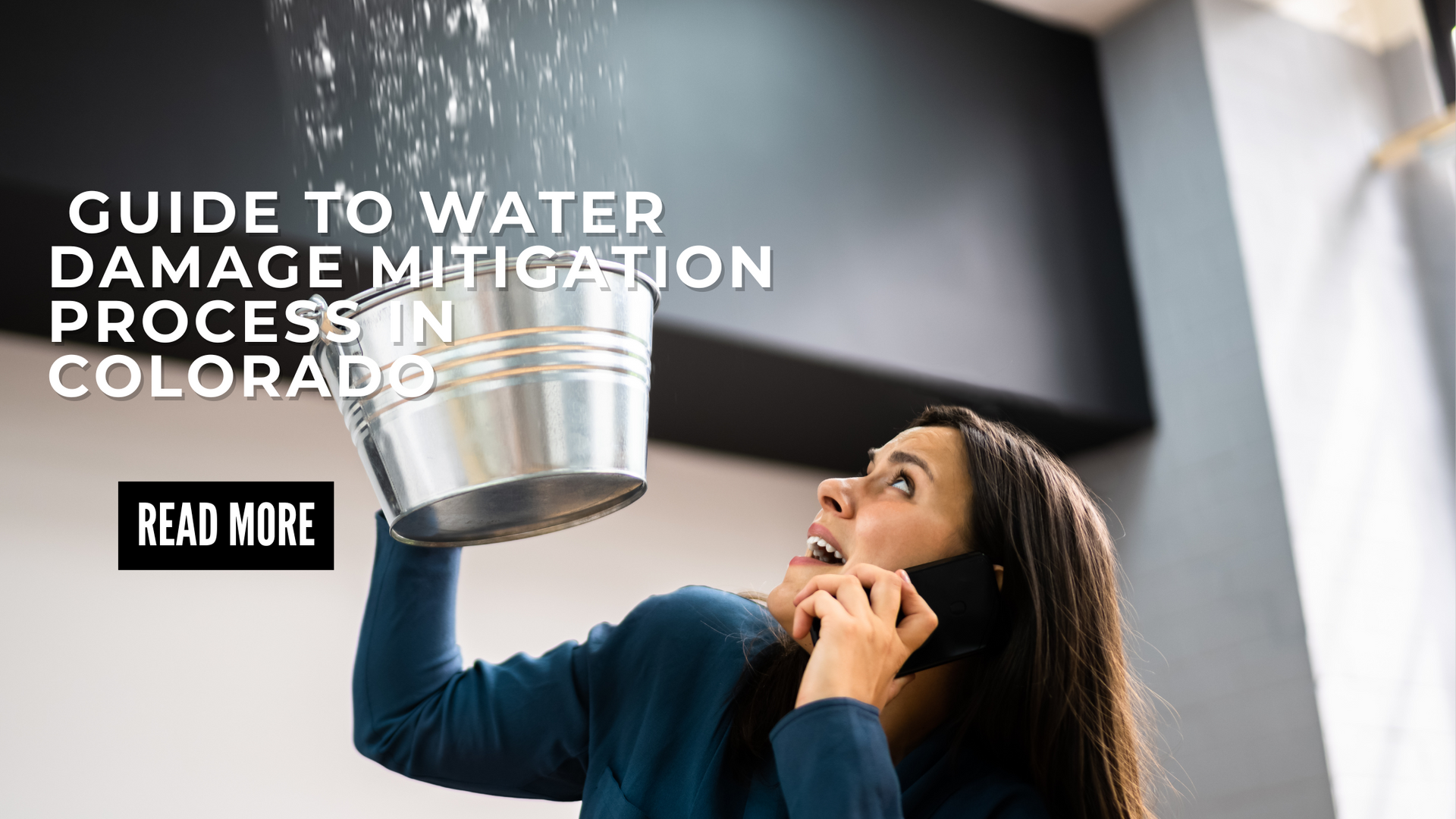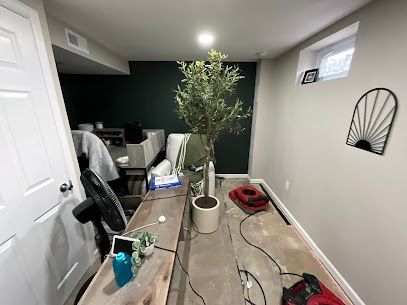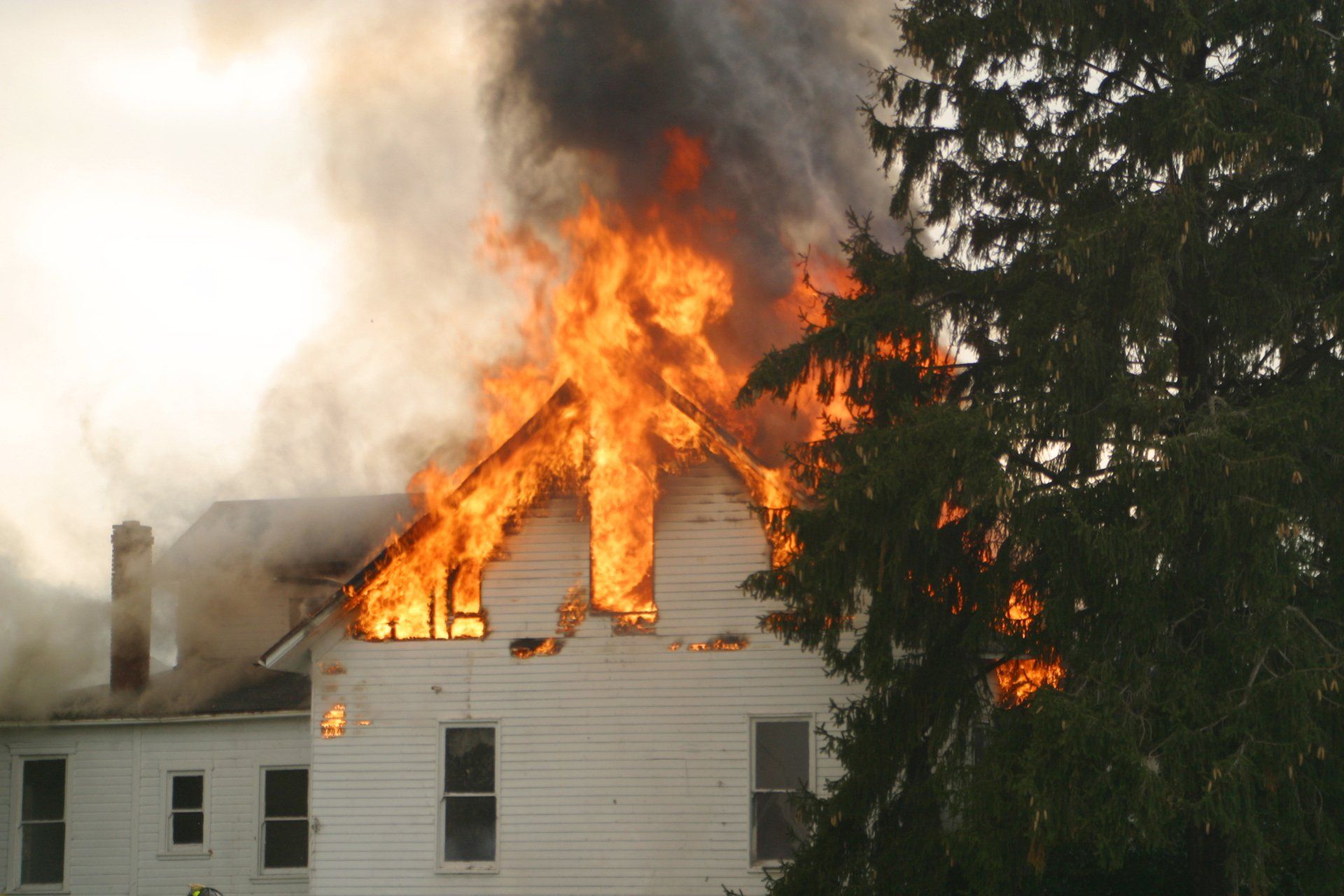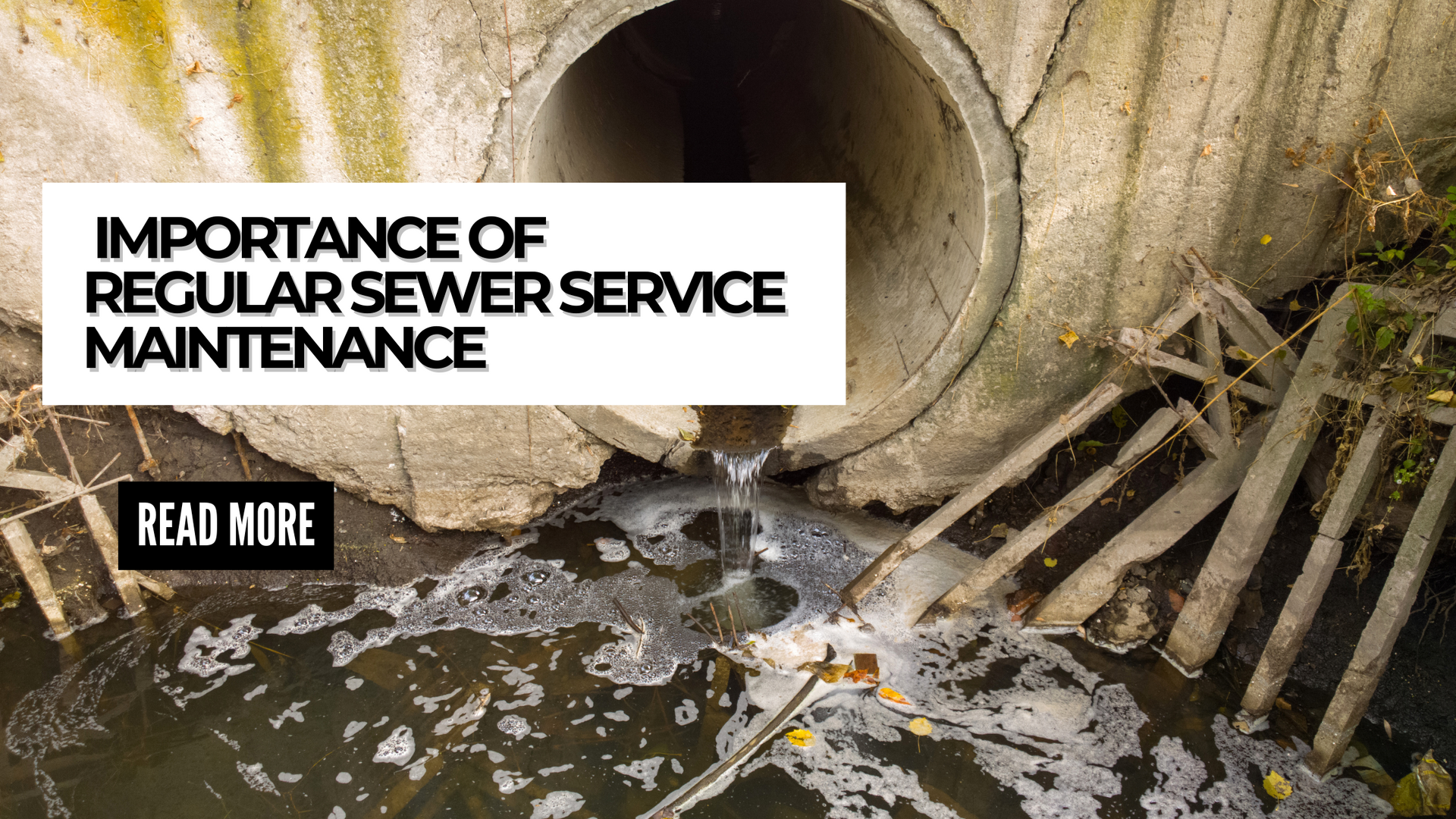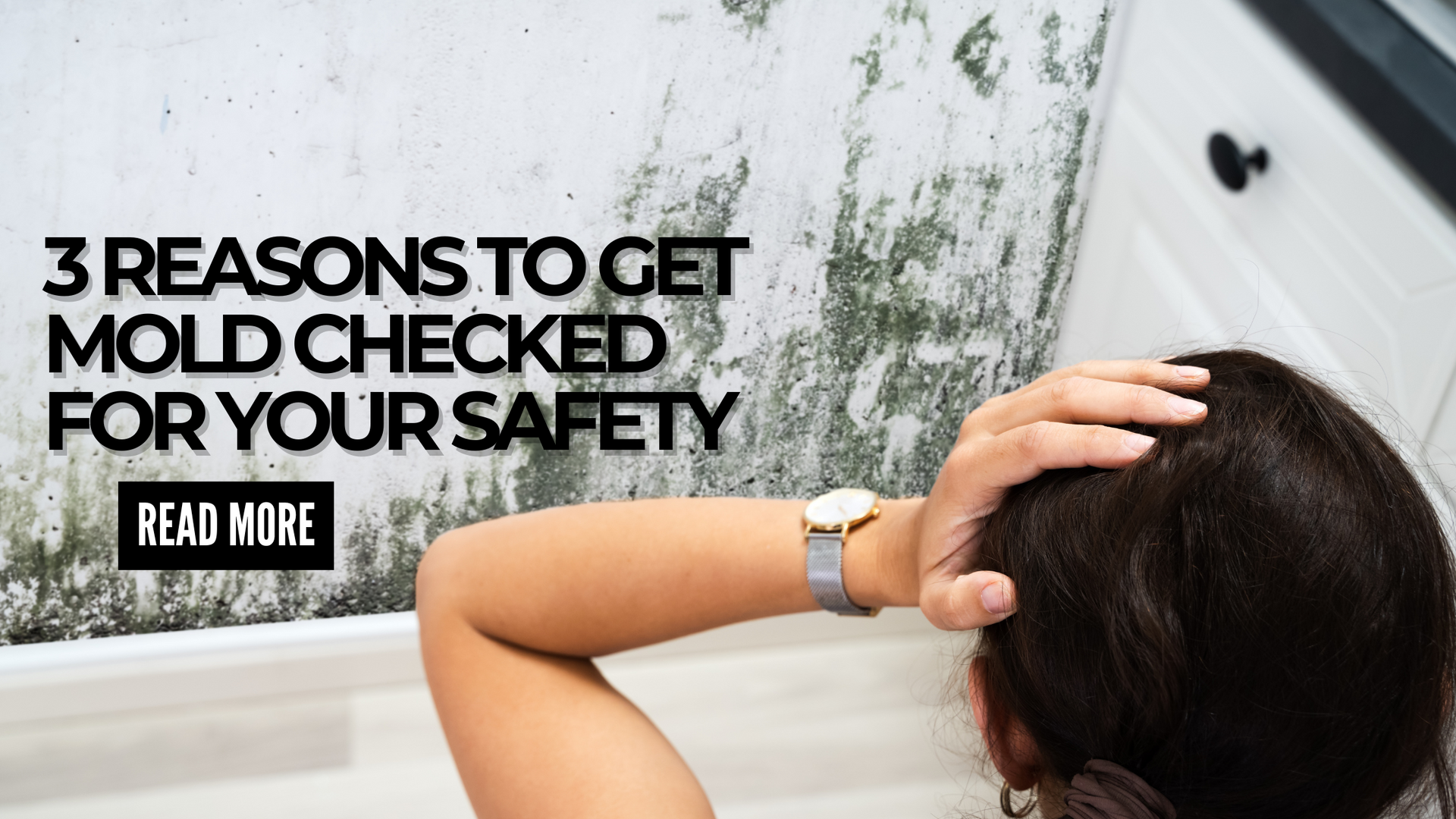BLOG
Smell? What's That? How to Remove Unwanted Smells in Your Home – Your Ultimate Guide to a Fresh-Smelling Space in Colorado
Unwanted smells in your home can be not only unpleasant but also embarrassing. Whether it’s lingering food odors, pet smells, mustiness from damp areas, or that mysterious scent that seems to hang in the air, these odors can make your home feel unwelcoming. Luckily, there are several effective ways to eliminate unwanted smells and ensure that your home smells fresh and clean again. This guide will walk you through proven methods to get rid of unwanted odors in your home and help you maintain a pleasant atmosphere for your family, guests, and even pets.
In Colorado, where the weather can shift from dry to humid, odor issues can be even more prominent. Whether you're in Denver, Colorado Springs, or Boulder, your home’s indoor air quality is essential to ensuring a comfortable living environment.
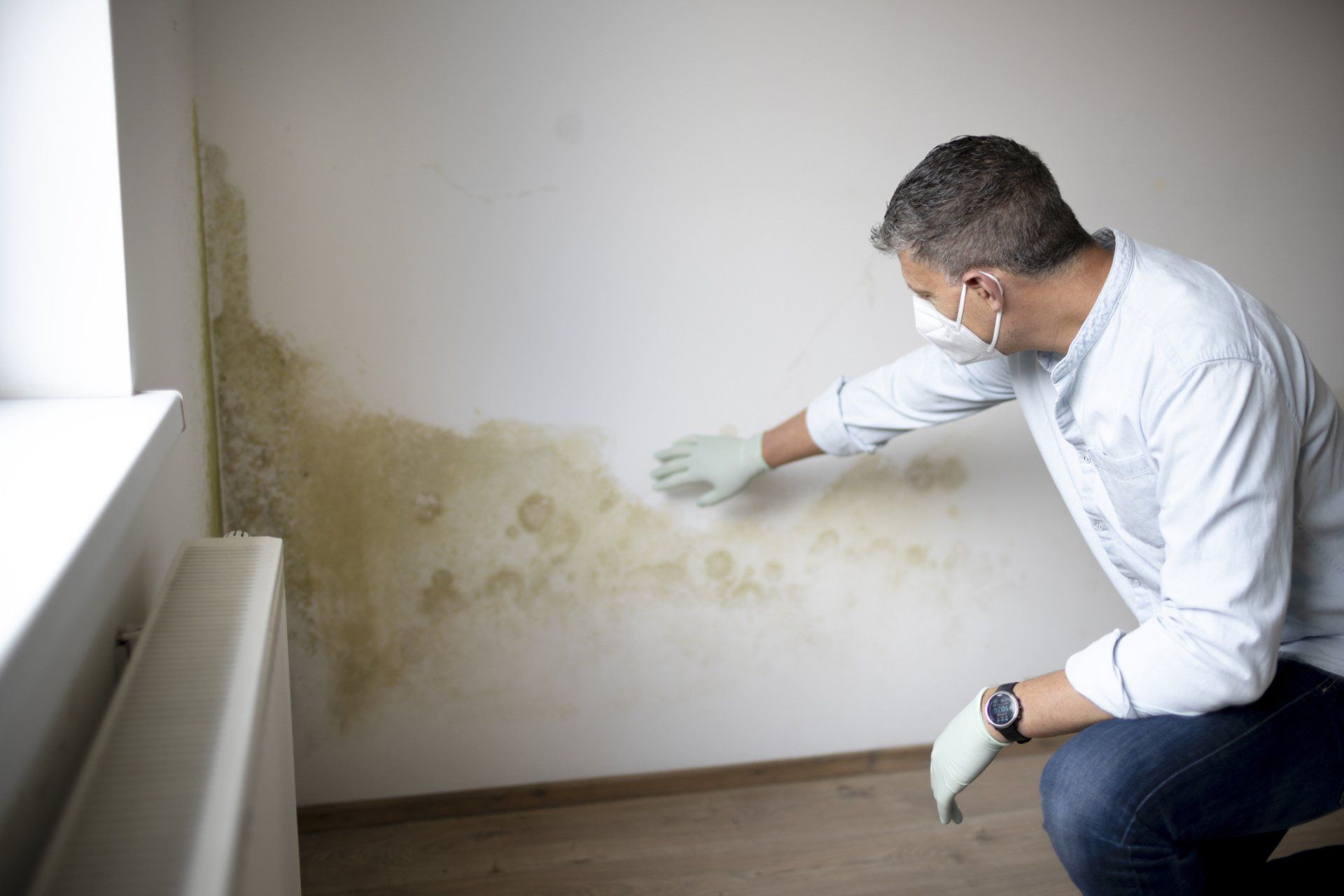
- Kitchen odors – Stale food, trash bins, or appliances like dishwashers and microwaves can produce lingering smells.
- Pets – Pet urine, litter boxes, and wet dog smell are common culprits.
- Mold and Mildew – Damp, humid areas can foster mold, which produces a musty odor.
- Trash – Rotten food or a full garbage can is an obvious cause of unwanted smells.
- Air Ducts and HVAC Systems – Dirty air ducts or a malfunctioning HVAC system can circulate unpleasant odors throughout your home.
- Clean your garbage disposal – Pour a cup of vinegar or baking soda down the disposal, followed by hot water to clear out food particles.
- Wipe down your refrigerator – Old food left in the fridge can create musty smells. Clean the shelves and throw away expired items regularly.
- Use an air purifier in the kitchen – This can help capture cooking odors and reduce them over time.
- Launder pet bedding regularly – Wash pet bedding, blankets, and toys to remove odors.
- Use an enzymatic cleaner – For pet urine accidents, use an enzymatic cleaner that breaks down organic compounds.
- Vacuum your carpets regularly – Pet hair, dander, and dirt can cause lingering smells in carpets.
- Clean moldy areas – If you have mold or mildew, scrub the affected areas with a mixture of water and vinegar or a specialized mold cleaner.
- Keep humidity in check – Use a dehumidifier in areas prone to moisture, such as basements or bathrooms, to prevent mold growth.
- Check for leaks – Address any plumbing leaks that might contribute to water buildup and mold.
- Air fresheners and odor eliminators – Use air fresheners or natural odor absorbers like activated charcoal, baking soda, or essential oils to neutralize odors in the air.
- Wash fabrics – Regularly wash curtains, bedding, and upholstery to remove trapped smells.
- Clean your carpets – Rent a carpet cleaner or hire a professional to clean your carpets, removing trapped dirt and smells.
- Sprinkle it on carpets – Let it sit for about 15 minutes, then vacuum it up.
- Place bowls of baking soda in musty areas – Leave bowls of baking soda in closets, refrigerators, or near pet areas to absorb odors.
- Use it in your trash cans – Sprinkle baking soda at the bottom of your trash can to prevent garbage odors from spreading.
- Spray vinegar in the air – Mix equal parts of vinegar and water in a spray bottle and lightly spray in areas with odors.
- Clean surfaces with vinegar – Use a water and vinegar solution to wipe down surfaces in the kitchen and bathroom.
- Place bowls of vinegar around the home – Leave open containers of vinegar in areas where smells persist.
- Diffusers – Add a few drops of your favorite oil to a diffuser to fill your home with a refreshing scent.
- DIY air fresheners – Make your own air freshener by mixing water, rubbing alcohol, and essential oils in a spray bottle.
- Air purifiers – Invest in a high-quality air purifier with a HEPA filter to trap airborne particles, including odors. Choose a purifier that’s sized for your space for optimal effectiveness.
- Ventilation – Ensure that your home is well-ventilated, especially in areas prone to moisture. Open windows when possible, or use exhaust fans in bathrooms and kitchens to remove stale air and moisture.
- HVAC maintenance – Keep your HVAC system clean and change the filters regularly to ensure that your home’s air quality is optimal.
- Inspect for leaks – Check your roof, pipes, and windows for leaks that may be contributing to excess moisture.
- Use a dehumidifier – In Colorado’s varying climates, using a dehumidifier can help keep humidity levels in check and reduce the chance of mold and mildew growth.
- Treat mold – If you find mold or mildew, clean the affected areas immediately using a solution of vinegar or mold remover.
- Bathe pets regularly – Regularly bathe your pets and clean their bedding to reduce odors.
- Vacuum frequently – Pet hair and dander can contribute to lingering smells, so vacuum your carpets and furniture often.
- Litter box maintenance – Clean the litter box regularly and place it in a well-ventilated area.
- Wash fabrics – Wash curtains, upholstery, and bedding regularly to remove smoke odor.
- Clean walls and ceilings – Use a mixture of water, vinegar, and baking soda to scrub down walls and ceilings that may have absorbed smoke.
- Use an air purifier – Invest in an air purifier designed to remove cigarette smoke and other odors.
